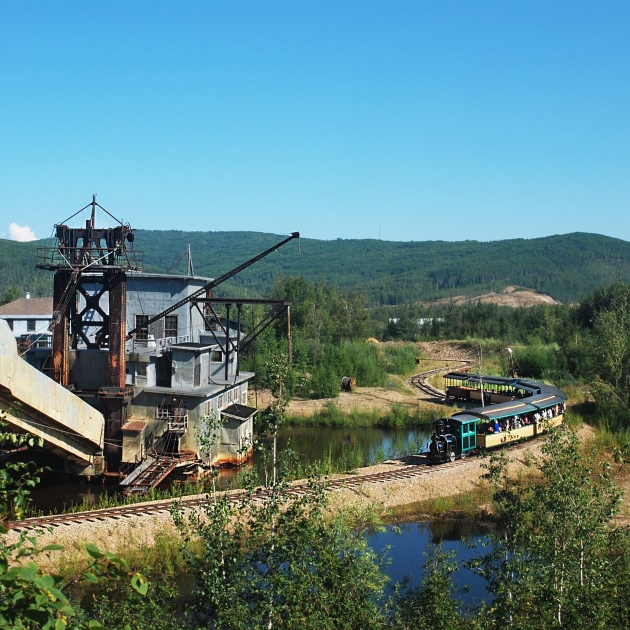Discover historic Vermilion, Alberta
Brickmaking was the first industry in this central Alberta town

The town of Vermilion was established in 1906 and named for the colour of the red clay found along its river valley. Vermilion’s clay helped to support one of the town’s earliest businesses, the Vermilion Brick Factory, which produced over 1.5 million bricks between 1906 and 1914.
Today, evidence of the factory’s impact on the town can be seen in the Imperial Block building on Main Street, still in use today and just one of the many featured stops on Vermilion’s historic walking tour. This self-guided tour can be downloaded straight from the Town of Vermilion’s website and offers you a chance to see the grand old buildings that dot historic streetscapes.
Only four of the original buildings from Vermilion’s 1906 beginnings remain, the rest having been destroyed in a 1918 fire. Some were later rebuilt and now help tell the tale of a pioneer town with strong agricultural roots.
Highlights of the walking tour
1. McWilliams and Long Building is located on 49th Street, which was once considered the town’s main street, and is one of only four buildings to have survived the fire of 1918. Its earliest history saw it as a harness shop, then it eventually became a menswear shop. Its most recent owner has combined the two by opening a combination clothing and tack repair shop.
2. The Canadian Imperial Bank of Commerce was established even before Vermilion became a village in 1905, hot on the heels of the railway that connected the town to the province’s major centres. The very first branch office was located in a small shed near the railway station. In 1906 the bank built its first permanent building and, while it too was one of the four original buildings to survive, the company decided to take advantage of the reconstruction occurring in town and built a new structure, which is still in operation today.
3. The Vermilion Standard has been printed since 1909 and is still the town’s paper of record. It’s published from a building that was originally erected in 1916, which escaped the fire because it was located on the outskirts of town.
4. The Bell Building on the north side of 50th Street, which is now Vermilion’s main street, boasts a decorative brick cornice and tapestry-patterned brick panels. It was built originally by the town’s doctor, who was known to have conducted surgery in the rear office. In 1970 the building housed a menswear store owned by Monte Hunter. Today, despite being the location of the Vermilion Voice newspaper, it still is often referred to as “Monte’s building.”
5. The Vermilion Heritage Museum was built in 1928 and originally housed the S.R.P. Cooper School. It was slated for destruction in 1988 until a group of concerned citizens led by Bob Snelgrove, whose company Snelgrove and Sons had been awarded the demolition contract, banded together to save the old building. They raised the necessary $45,000 to buy it from the town. Today, visitors to the Vermilion Heritage Museum have a chance to experience life as an early pioneer.






